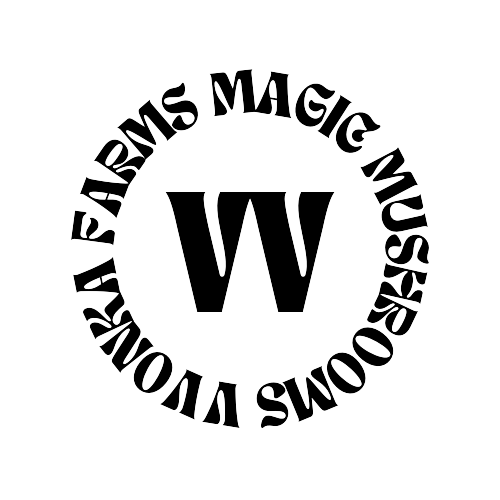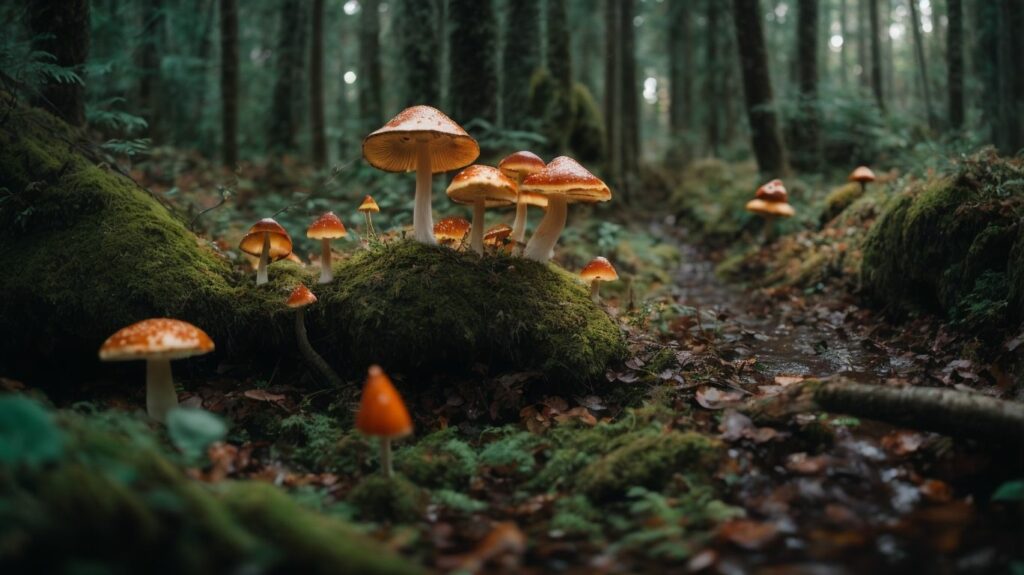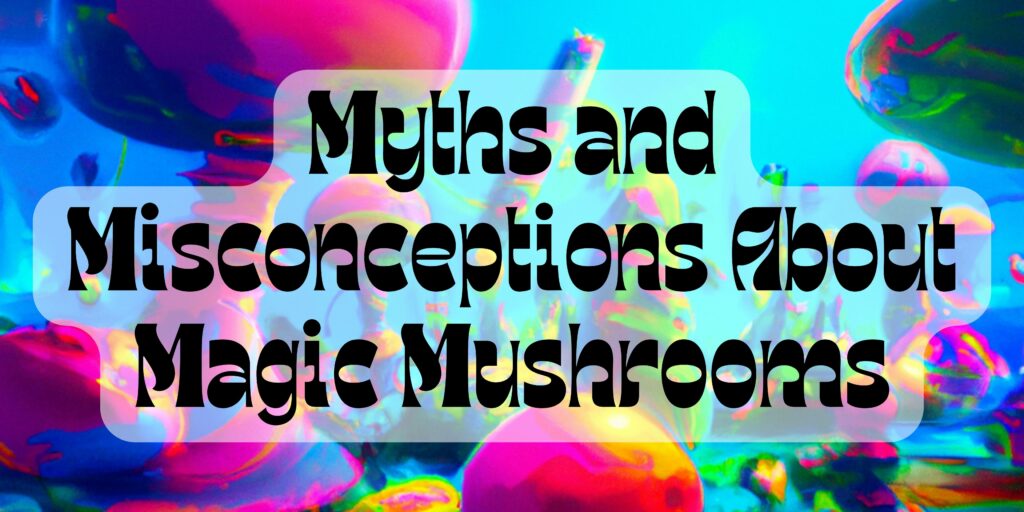Are you looking for a new, natural way to enhance your senses and experience a different state of mind? Look no further! In this article, we will explore the growing trend of using shrooms and edibles for medicinal and recreational purposes. Whether you’re curious or seeking a solution for mental health concerns, this article is for you.
What Are Shrooms and Edibles?
Shrooms and edibles are two types of substances commonly associated with recreational drug use. Shrooms, also known as magic mushrooms, contain the psychedelic compound psilocybin and are consumed for their hallucinogenic effects. Edibles, on the other hand, are food products infused with cannabis and can come in various forms such as candies, brownies, or gummies. When consumed, edibles can produce a euphoric and relaxing effect. It is important to note that both shrooms and edibles have potential risks and should be used responsibly and in accordance with local laws and regulations.
How Do Shrooms and Edibles Work?
When it comes to understanding how shrooms and edibles work, there are several key factors to consider. Here is a list of steps to help explain the process:
- Ingestion: Both shrooms and edibles are consumed orally.
- Absorption: The active compounds in shrooms and edibles are absorbed into the bloodstream through the digestive system.
- Metabolism: The liver metabolizes the compounds into different forms, which can impact their potency and duration.
- Binding: The compounds bind to receptors in the brain, specifically serotonin receptors in the case of shrooms.
- Effects: The compounds then produce various psychoactive effects, including altered perception, changes in mood, and hallucinations.
Understanding these steps can provide insight into the mechanisms behind the effects of shrooms and edibles.
What Are the Effects of Shrooms and Edibles?
The effects of shrooms and edibles can vary greatly depending on an individual’s tolerance, dosage, and the specific strain or type used. Psilocybin mushrooms, also known as shrooms, can produce hallucinations, altered perception of time, and introspective thoughts. On the other hand, edibles can result in a longer-lasting and more intense high compared to smoking cannabis. Common effects of edibles include relaxation, euphoria, increased sensory perception, and heightened creativity. However, it’s important to keep in mind that both shrooms and edibles can also cause negative effects such as anxiety, paranoia, and nausea if consumed in excessive amounts or by individuals who are not accustomed to their effects.
What Are the Short-term Effects?
Short-term effects of shrooms and edibles can vary but typically include altered perception, mood changes, increased sensory experiences, and hallucinations. These effects can occur within 20-60 minutes of ingestion and last for 4-6 hours. It is important to note that individual reactions may differ based on dosage, set and setting, and personal tolerance.
Pro-tip: Always start with a low dose and be in a safe and comfortable environment when trying shrooms or edibles for the first time.
What Are the Short-term Effects?
So what you’re saying is, not only do shrooms and edibles take you on a wild trip, but they might also have some long-lasting effects? Well, that’s one way to make memories that last a lifetime.
What Are the Long-term Effects?
Long-term effects of shrooms and edibles vary depending on individual factors and usage patterns. Research suggests that regular and heavy use of shrooms may lead to psychological dependence and an increased risk of hallucinogen persisting perception disorder (HPPD). Additionally, long-term use of edibles can lead to tolerance and potential respiratory issues due to smoking. It is important to note that more research is needed to fully understand the long-term effects of these substances.
Sarah, a frequent user of edibles, experienced memory and cognitive issues after several years of heavy use. She sought professional help and gradually reduced her consumption, leading to significant improvements in her mental functioning. This story highlights the importance of being aware of the potential long-term effects and seeking help when needed.
What Are the Risks and Dangers of Shrooms and Edibles?
The use of hallucinogenic mushrooms (shrooms) and edibles can present various risks and dangers. These substances can have unpredictable effects on the mind and body, including hallucinations, anxiety, and paranoia. Overconsumption of edibles can result in an intense and prolonged high, which may lead to panic attacks or even psychosis. Additionally, the potency of these substances can vary greatly, making it challenging to accurately measure dosage. Individuals with underlying mental health conditions or a history of substance abuse may be particularly susceptible to the dangers associated with shrooms and edibles. It is essential to approach these substances with caution and seek professional guidance if necessary.
In 1960, a Swiss chemist named Albert Hofmann unintentionally consumed a small amount of LSD (a hallucinogenic substance derived from a fungus) and experienced its mind-altering effects. This event sparked widespread interest in psychedelics and their potential therapeutic uses, as well as increased awareness of the risks and dangers they can pose when used improperly. The accidental discovery of LSD by Hofmann paved the way for further research into the effects of hallucinogens on the human mind and continues to influence scientific exploration in the field of psychedelics today.
What Are the Potential Side Effects?
Potential side effects of consuming shrooms and edibles include:
- hallucinations
- anxiety
- paranoia
- confusion
- changes in perception and mood
These effects can vary depending on dosage, individual sensitivity, and the presence of other substances. Other possible side effects may include:
- nausea
- vomiting
- dizziness
- increased heart rate
- impaired coordination
It is important to note that these side effects can be unpredictable and may differ from person to person. It is advisable to start with a low dosage and be in a safe and comfortable environment when experimenting with shrooms and edibles.
Be careful, shrooms and edibles may lead you down a rabbit hole you can’t get out of, or maybe you just won’t want to.
Can Shrooms and Edibles Lead to Addiction?
Yes, shrooms and edibles can potentially lead to addiction, although the likelihood is relatively low compared to other substances. Both the psychoactive compound in shrooms, psilocybin, and the cannabinoid compound in edibles, THC, have addictive potential. However, individuals with a history of substance abuse or those who frequently misuse them in high doses are more susceptible to addiction. To minimize the risk, it is important to use shrooms and edibles responsibly and in moderation. Seeking professional help and support is also crucial if addiction becomes a concern.
Shroom and edible enthusiasts take a trip down different methods of ingestion and recommended dosages, but be warned – you may never look at pizza the same way again.
How Are Shrooms and Edibles Used?
Using shrooms and edibles involves certain steps to ensure safe and enjoyable consumption. Here is a list of key steps to consider:
- Research: Understand the effects, dosage, and potential risks of shrooms and edibles.
- Source: Obtain shrooms and edibles from a reputable and trusted supplier.
- Preparation: Follow proper instructions for preparing and consuming shrooms or edibles.
- Timing: Plan your experience for a time when you can relax and have no responsibilities.
- Start low: Begin with a low dosage to gauge your tolerance and response to the substance.
- Environment: Create a comfortable and safe setting for your experience.
- Hydration and nourishment: Stay hydrated and ensure a balanced diet before and after consumption.
- Stay with a sober companion: Have someone trustworthy accompany you during the experience.
- Observe effects: Pay attention to the effects and be mindful of any changes in your physical or mental state.
- Aftercare: Take care of yourself post-consumption by resting, reflecting, and integrating the experience.
What Are the Different Methods of Ingestion?
There are various methods of ingestion when it comes to consuming shrooms and edibles. Here are a few:
- Eating: The most common method is simply eating shrooms or edibles. They can be added to food or taken on their own.
- Drinking: Some people prefer to make tea with shrooms or mix edibles into beverages.
- Smoking: While not as common, some individuals choose to smoke shrooms.
- Vaporizing: Vaporizing shrooms or edibles allows for a more controlled and precise dosage.
- Topical application: In certain cases, shrooms or edibles can be applied topically for localized effects.
It is important to research and understand the different methods of ingestion, such as eating, drinking, smoking, vaporizing, and topical application, in order to ensure safe and responsible consumption.
What Are the Recommended Dosages?
The recommended dosages for shrooms and edibles vary depending on the individual, potency, and desired effects. It is crucial to start with a low dose and gradually increase to find the optimal amount. For magic mushrooms, a microdose ranges from 0.1 to 0.5 grams, while a standard dose is around 1 to 2.5 grams. Edibles containing THC typically have recommended dosages between 5 to 10 milligrams for beginners. Remember, everyone reacts differently, so it’s important to start low and go slow to avoid overwhelming effects.
Pro-tip: Always consult with a knowledgeable professional before trying shrooms or edibles.
What Are the Recommended Dosages?
Before you indulge in shrooms and edibles, make sure you know the law because getting arrested is not a trip you want to take.
What Are the Legalities Surrounding Shrooms and Edibles?
The legalities surrounding shrooms and edibles vary depending on the jurisdiction. In some places, both substances are considered illegal and classified as controlled substances. However, in other areas, they may be decriminalized or even legal for medical or recreational use. It is crucial to thoroughly research and understand the laws in your specific location to avoid any potential legal consequences.
Interestingly, in 2020, Oregon made history by becoming the first state in the United States to legalize the therapeutic use of psilocybin, the active compound in magic mushrooms, in a supervised medical setting.
What Countries and States Have Legalized Shrooms and Edibles?
The use of shrooms and edibles for recreational or medicinal purposes has been legalized in several countries and states. Notable examples include Canada, where both substances are legal nationwide. In the United States, various states have also legalized these substances, including California, Colorado, Washington, and Oregon. However, it is important to note that the laws surrounding shrooms and edibles may differ greatly between jurisdictions. Therefore, it is crucial to familiarize yourself with the specific regulations in your area before considering the use or possession of these substances.
What Are the Laws and Regulations for Shrooms and Edibles?
The laws and regulations surrounding shrooms and edibles vary depending on the country and state. It is crucial to have a clear understanding of the legal status before using or possessing these substances. In some areas, both shrooms and edibles are considered controlled substances and are therefore illegal. However, there are locations where certain psychedelics, such as psilocybin mushrooms, have been decriminalized or legalized for medical or therapeutic purposes. It is crucial to thoroughly research and adhere to the specific laws and regulations of your jurisdiction in order to avoid any potential legal consequences. It is always recommended to consult with local authorities or legal professionals for accurate and up-to-date information on the legality of shrooms and edibles.
Frequently Asked Questions
What are shrooms and edibles?
Shrooms and edibles refer to types of drugs that contain psychoactive substances, typically psilocybin (found in certain types of mushrooms) or THC (found in marijuana). These drugs can alter perception, mood, and consciousness when ingested.
Is it safe to consume shrooms and edibles?
As with any type of drug, consuming shrooms and edibles carries potential risks and side effects. It is important to research and understand the potential risks and take precautions before consuming these substances. Additionally, it is always recommended to consume in a safe and controlled environment.
What are the effects of shrooms and edibles?
The effects of shrooms and edibles can vary depending on the individual and the dosage. Common effects include altered perception, relaxation, and changes in mood. Some people may also experience hallucinations or heightened sensory experiences. It is important to research the effects and start with a small dose to gauge personal reactions.
How long do shrooms and edibles last?
The duration of shrooms and edibles can vary depending on factors such as dosage, individual metabolism, and method of consumption. Generally, the effects can last anywhere from 3-6 hours, but some individuals may experience longer or shorter durations.
Can shrooms and edibles be addictive?
While there is no physical addiction associated with shrooms and edibles, some people may develop psychological dependence on these substances. It is important to use them responsibly and in moderation to avoid potential addiction.
Are shrooms and edibles legal?
The legality of shrooms and edibles varies depending on location. In some places, they may be considered illegal drugs, while in others they may be decriminalized or even legal for recreational or medicinal use. It is important to research and understand the laws in your specific location.




